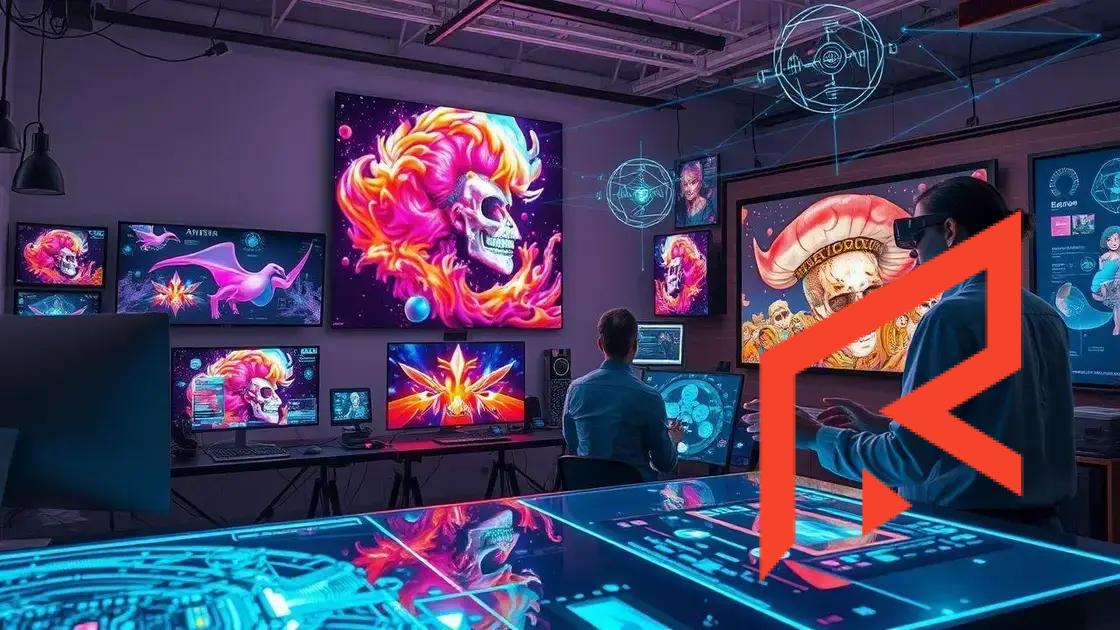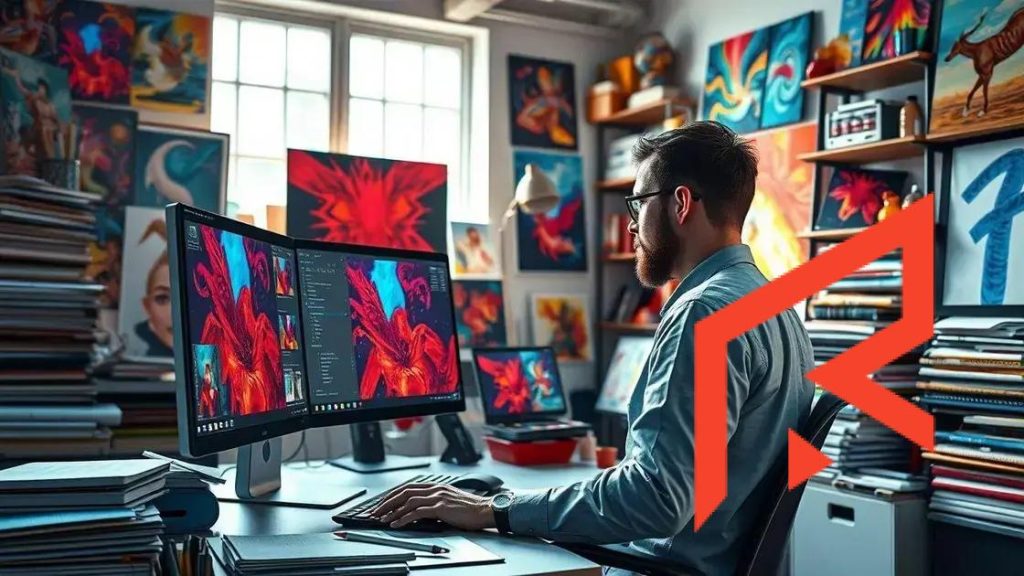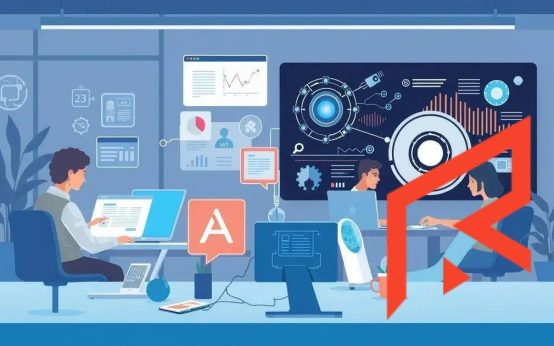AI image generation is a transformative technology that utilizes algorithms and neural networks to create unique visual content, enhancing artistic expression and efficiency for artists and designers.
AI image generation is revolutionizing the creative arts. Have you ever imagined how technology could enhance artistic expression? This innovative approach to creating images offers exciting possibilities for artists and designers.
how AI image generation works

AI image generation relies on complex algorithms and neural networks to create images from textual descriptions or existing images. This technology utilizes a form of machine learning where the model learns from vast amounts of data to understand patterns and styles.
Understanding Neural Networks
At the heart of AI image generation is the neural network, a system designed to recognize relationships in data. These networks process information in layers, enabling them to learn high-level features of images. For instance, one layer might detect edges, while another identifies textures.
How AI Generates Images
AI models, such as Generative Adversarial Networks (GANs), use two neural networks: a generator and a discriminator. The generator creates images, while the discriminator evaluates their authenticity. Through this competition, both networks improve, leading to increasingly realistic images.
Training the Model
Training AI models requires extensive datasets that include various styles and elements. The more diverse the data, the better the AI becomes at generating unique images. These models learn to mimic artistic styles, from paintings to photographs, adapting to different contexts.
Real-World Applications
AI image generation has transformed industries, from creating art to generating product prototypes. By providing tools for designers and artists, it enhances creativity and efficiency. For example, designers can quickly produce visual concepts, saving time and resources without compromising quality.
real-world applications of AI in digital art

The real-world applications of AI in digital art are expanding quickly, helping artists and designers create unique pieces. One notable use is in image enhancement, where AI tools refine images, improving clarity and vibrancy. This helps artists achieve professional quality without extensive editing skills.
AI-Powered Style Transfer
Another exciting application is style transfer. Artists can apply the style of one artwork to another image, creating a fusion of creativity. This technique uses AI to analyze the visual characteristics of a style and apply it seamlessly, enabling new artistic expressions.
Generating Unique Artworks
AI also helps in generating unique artworks. Artists can input parameters or concepts, and AI algorithms generate artistic images. This process allows for experimentation, providing artists with inspiration they might not have considered.
Customization in Design
In design fields, AI assists in customization. Tools based on AI can analyze user preferences and generate personalized content. This is especially useful in creating marketing materials or product designs tailored to specific audiences.
Augmented Reality Experiences
Furthermore, AI enhances augmented reality (AR) experiences in digital art. Artists can create interactive artworks that respond to user movements or input, merging physical and digital worlds. This opens new avenues for audience engagement and immersive experiences.
Embracing the Future of Digital Art with AI
AI is changing the landscape of digital art, offering innovative tools and methods for artists and designers. From enhancing images to generating unique creative pieces, the possibilities are endless.
As artists continue to explore AI-powered applications, they can unlock new levels of creativity and efficiency. With these advancements, the collaboration between technology and artistic expression leads to exciting new artworks that engage audiences in fresh ways.
It is important for creatives to embrace these technologies and use them to elevate their craft. By doing so, they not only stay ahead in the digital art scene but also redefine what is possible in artistic creation.
FAQ – Frequently Asked Questions about AI in Digital Art
What is AI image generation?
AI image generation uses algorithms and neural networks to create images based on textual descriptions or existing artwork, enhancing creativity.
How does style transfer work in AI?
Style transfer allows AI to analyze an artwork’s style and apply it to another image, creating unique blends of creativity.
Can AI help artists generate new artwork?
Yes, AI can assist artists by generating unique images based on input parameters, providing inspiration and new creative directions.
What are some real-world applications of AI in digital art?
AI is used in image enhancement, customization in design, and creating interactive augmented reality experiences, enriching the artistic process.
How does AI improve audience engagement in digital art?
AI can create immersive experiences through interactive artworks that respond to user input, making art more engaging and accessible.
Is AI technology accessible to all artists?
Yes, many AI tools are available for artists of all skill levels, making it easier for anyone to explore and utilize these advancements.


 AI tools that enhance productivity and streamline workflows
AI tools that enhance productivity and streamline workflows  Sustainable gardening: tips to transform your home garden
Sustainable gardening: tips to transform your home garden  Mobile apps to avoid for your privacy and data security
Mobile apps to avoid for your privacy and data security